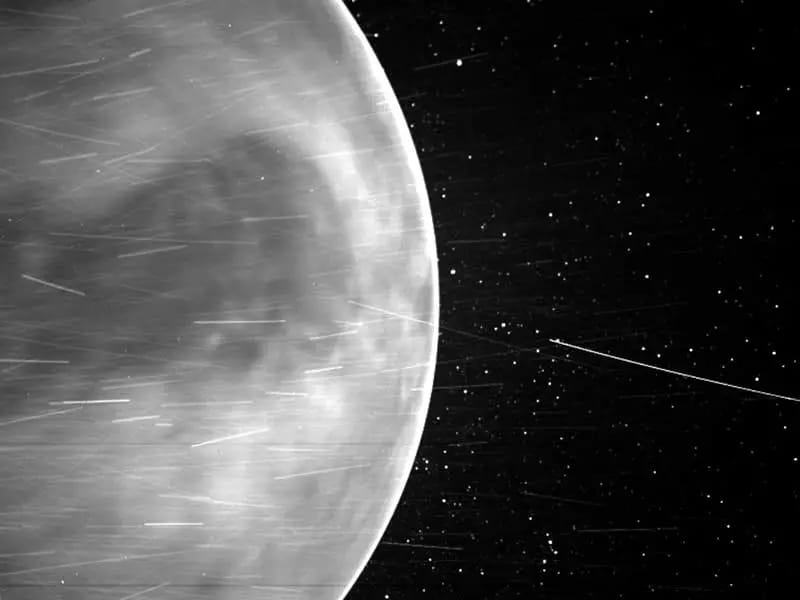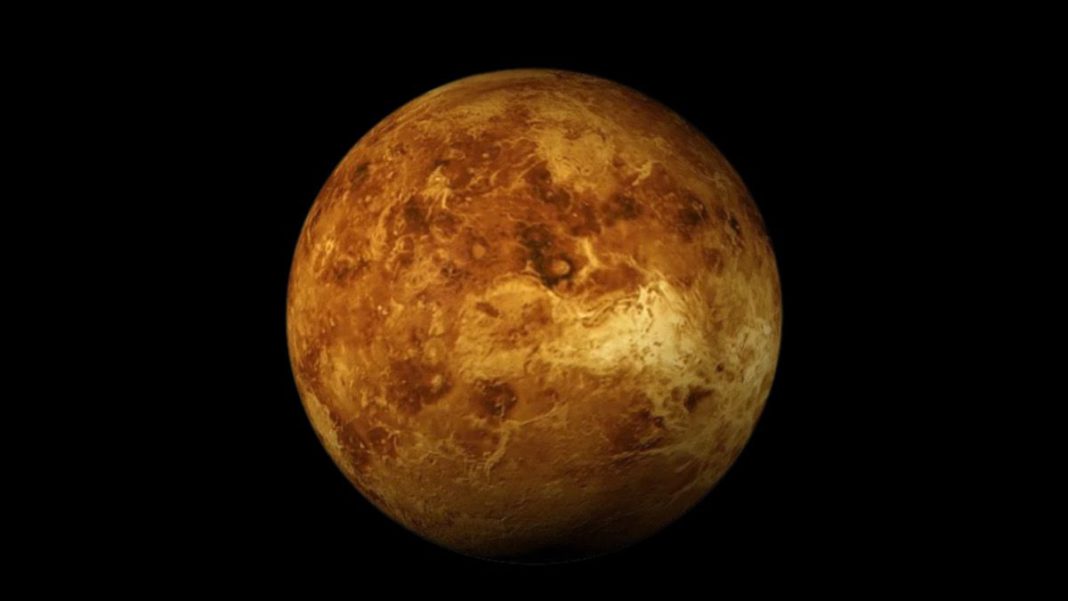UNITED STATES: The mysteries of Venus, Earth’s neighboring planet, have taken center stage as recent research challenges the long-standing assumption of frequent lightning on the inhospitable celestial body. The study, published in the prestigious journal Geophysical Research Letters, offers intriguing insights into one of the most enigmatic planets in our solar system.
Venus, notorious for its extreme conditions, boasts a dense, carbon dioxide-rich atmosphere that has given rise to a runaway greenhouse effect. With temperatures soaring to a blistering 900 degrees Fahrenheit and atmospheric pressures that would crush any spacecraft, the planet has remained a subject of fascination and curiosity for scientists and space enthusiasts alike.
A team of space physicists from the University of Colorado Boulder has spearheaded this groundbreaking research, utilizing NASA’s Parker Solar Probe, which was primarily designed to explore the sun’s corona and solar wind. However, during a flyby in February 2021, the probe made an unexpected discovery that shed light on the planet’s mysteries.

The Parker Solar Probe detected a multitude of “whistler waves” during its pass near Venus—a phenomenon typically associated with lightning on Earth. This revelation sparked hope among scientists that they had found evidence of frequent lightning storms on the planet.
However, the analysis of the data collected by the research team presented a surprising twist. Contrary to expectations, the team suggested that these whistler waves might not be the result of lightning at all. Instead, they may be linked to disturbances within the weak magnetic fields that envelop Venus.
This new finding finds support in a 2021 study led by Marc Pulupa from the University of California, Berkeley, which failed to detect radio waves typically generated by lightning strikes on Venus. The long-standing debate surrounding lightning on Venus traces its origins back to 1978 when NASA’s Pioneer Venus spacecraft initially identified whistler waves above the planet’s surface.
What adds a layer of intrigue to this discovery is the peculiar behavior of Venus’ whistler waves. Rather than propagating outward as expected from a lightning storm, these waves appear to move downward toward the planet. This observation has led the research team to speculate that the waves might originate from a phenomenon known as magnetic reconnection. This occurs when the twisting magnetic field lines surrounding Venus snap apart and then explosively reconnect.
To definitively confirm or refute the existence of lightning on Venus, the researchers plan to gather more data. Their next opportunity will come in November 2024, when the Parker Solar Probe is scheduled to make its final pass by the planet. During this mission, the probe will descend less than 250 miles above the planet’s surface, offering a unique chance to delve deeper into the enigmatic world of Venus and uncover the true origins of its atmospheric phenomena.
This discovery challenges our understanding of Venus and underscores the importance of continued exploration and research in unraveling the secrets of our neighboring planets. As we await further insights from the upcoming mission in 2024, one thing is certain, its alluring mysteries continue to captivate the imaginations of scientists and space enthusiasts around the world.
Also Read: NASA and ICON Collaborate to Prepare for Lunar Living by 2040



